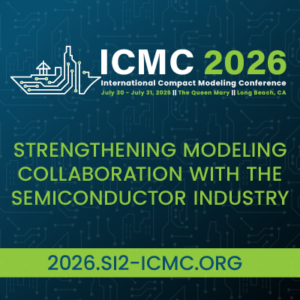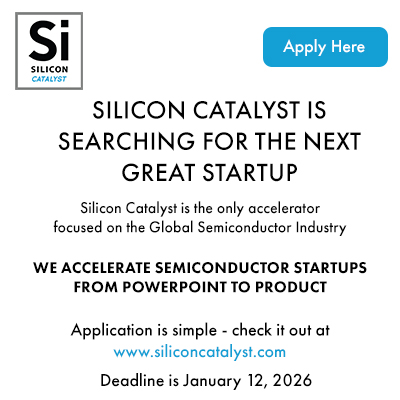
On July 18, 2025, Jeff Wittich, Chief Product Officer at Ampure Computing, delivered a compelling DACtv presentation, as seen in the YouTube video, likening the current AI boom to the 1848 California Gold Rush. Speaking in San Francisco, just 100 miles from Sutter’s Mill, Wittich drew parallels between the historical rush that transformed the region and today’s AI-driven technological revolution, emphasizing the need for silicon innovation to sustain this growth while addressing environmental and societal impacts.
Wittich began with the Gold Rush analogy, noting how it created winners like Samuel Brannan, who amassed wealth selling supplies, and Levi Strauss, whose jeans empire endures. San Francisco’s population surged 25x in a year, leading to California’s statehood in 1850. However, the rush also had losers: many miners left penniless, indigenous populations suffered, and environmental devastation from mercury and hydraulic mining scarred the landscape. Similarly, today’s AI boom offers immense opportunities but risks repeating past mistakes if not managed responsibly.
The AI landscape is evolving rapidly, driven by generative AI, multimodal large language models (LLMs), and agentic AI systems that reason and act autonomously. These advancements demand specialized silicon AI accelerators like GPUs, TPUs, and custom ASICs to handle massive computational loads. Wittich highlighted the shift from general-purpose CPUs to domain-specific architectures, critical for scaling AI applications in data centers and edge devices. For instance, training LLMs requires thousands of GPUs, while inference at the edge demands low-power, high-efficiency chips.
From a silicon perspective, Wittich outlined key challenges. AI systems are massively parallel and non-deterministic, complicating traditional modeling approaches. Race conditions, deadlocks, and livelocks are harder to detect due to non-linear responses to system changes. EDA tools must evolve to model these complex, parallel architectures effectively, incorporating advanced verification techniques to ensure reliability. Additionally, power efficiency is paramount, as AI data centers consume gigawatts, rivaling small cities. Innovations like chiplet-based designs and advanced packaging (e.g., 2.5D/3D integration) are crucial for optimizing performance and reducing energy footprints.
Sustainability is a pressing concern. The Gold Rush’s environmental toll—deforestation, mercury pollution—mirrors AI’s potential to exacerbate climate issues through energy-intensive computing. Wittich urged the industry to prioritize efficient silicon designs, leveraging AI to optimize power usage in chips for data centers and edge applications. For example, low-power MCUs for IoT devices can reduce data transmission to the cloud, cutting energy costs. Collaborative efforts among EDA vendors, foundries, and chip designers are essential to build sustainable infrastructure that mitigates long-term environmental impacts.
The financial investment in AI is unprecedented, with billions poured into startups and infrastructure. Wittich encouraged leveraging this capital to advance EDA tools and silicon design methodologies, ensuring they keep pace with AI’s rapid evolution. The innovations developed today, he noted, will shape society for decades, much like the Gold Rush’s lasting impact on San Francisco’s landscape and economy. Responsible design—balancing performance, cost, and sustainability—is critical to avoid the pitfalls of past technological booms.
Wittich concluded optimistically, confident in the industry’s brainpower to navigate this “new golden era of AI.” By fostering innovation in silicon design, from advanced verification to energy-efficient architectures, the semiconductor industry can drive AI’s transformative potential while minimizing its downsides. The session underscored the urgency of adapting EDA tools and silicon strategies to meet AI’s demands, ensuring a sustainable, impactful future for technology and society.
Also Read:
Large Language Models: A New Frontier for SoC Security on DACtv
AI and VLSI: A Symbiotic Revolution at DAC 2025
AI’s Transformative Role in Semiconductor Design and Sustainability
Share this post via:







Quantum Computing Technologies and Challenges